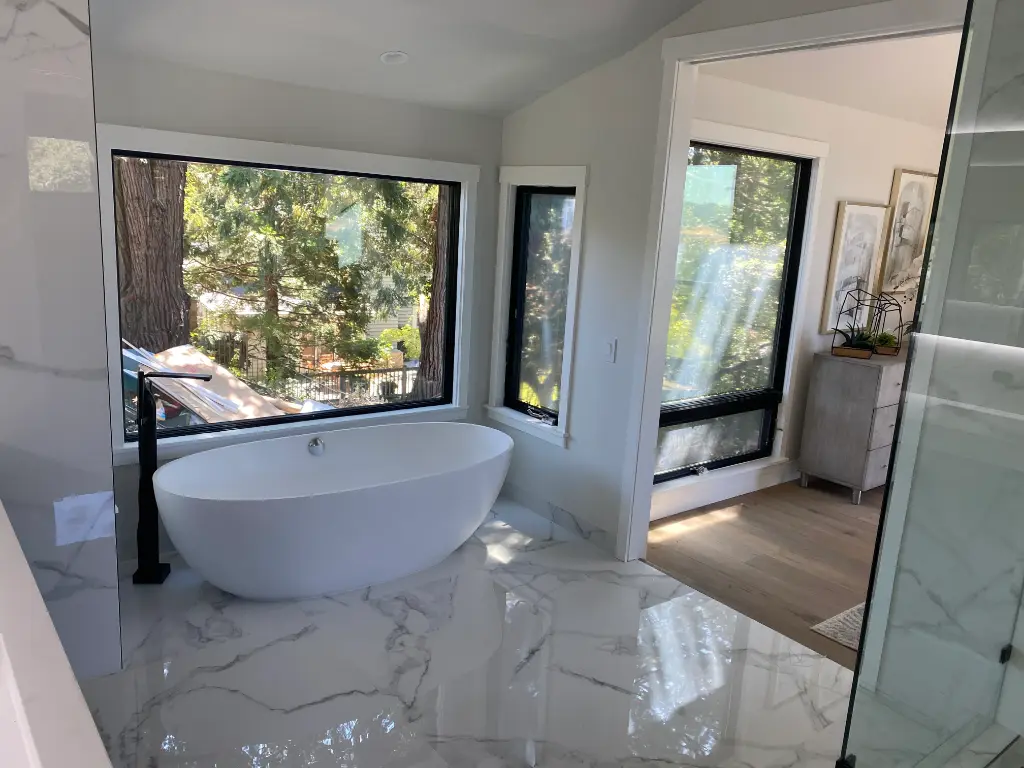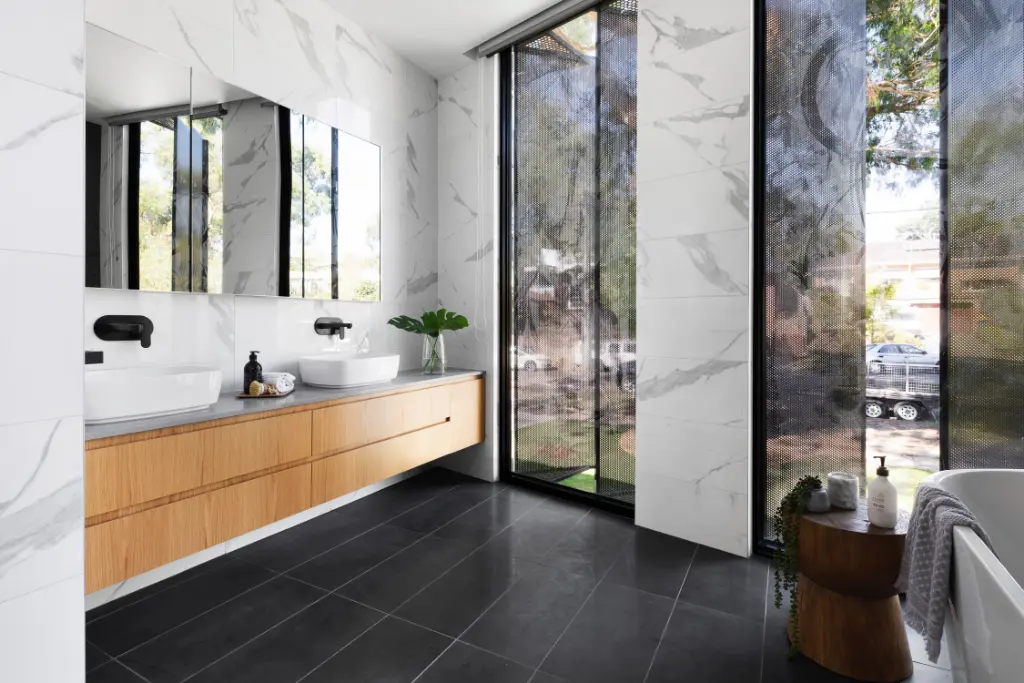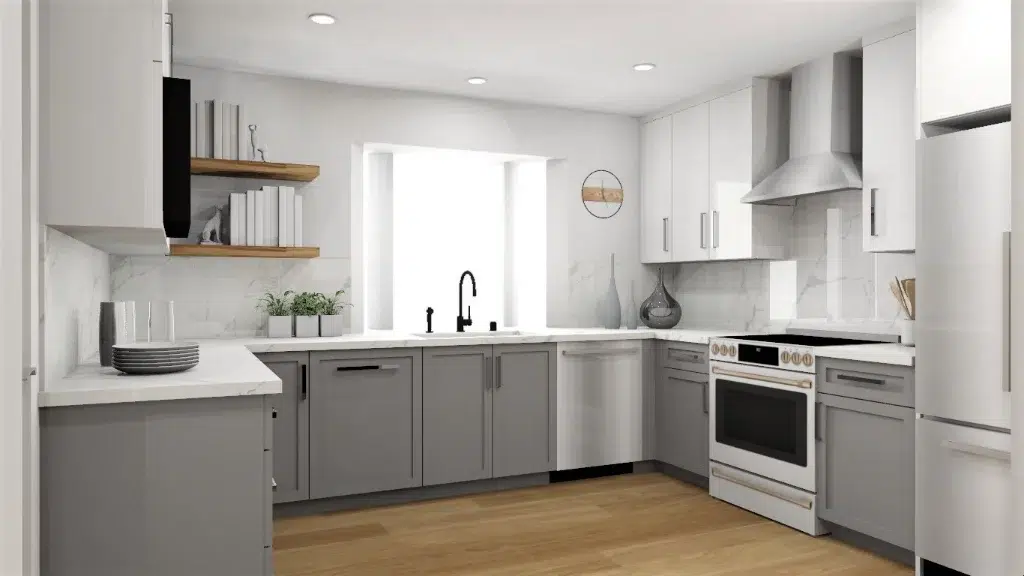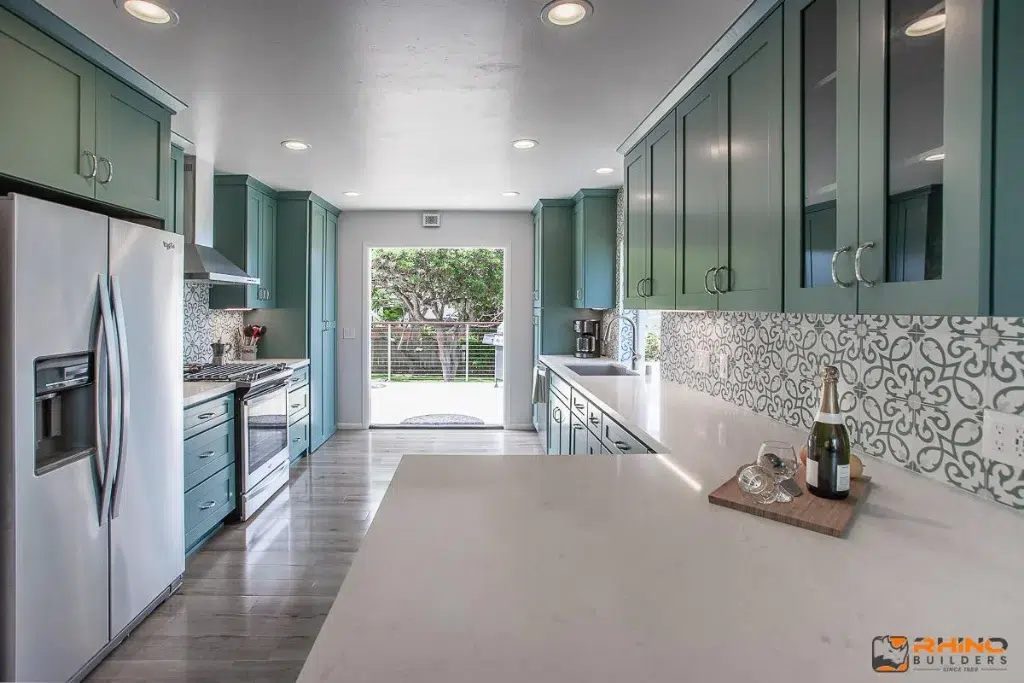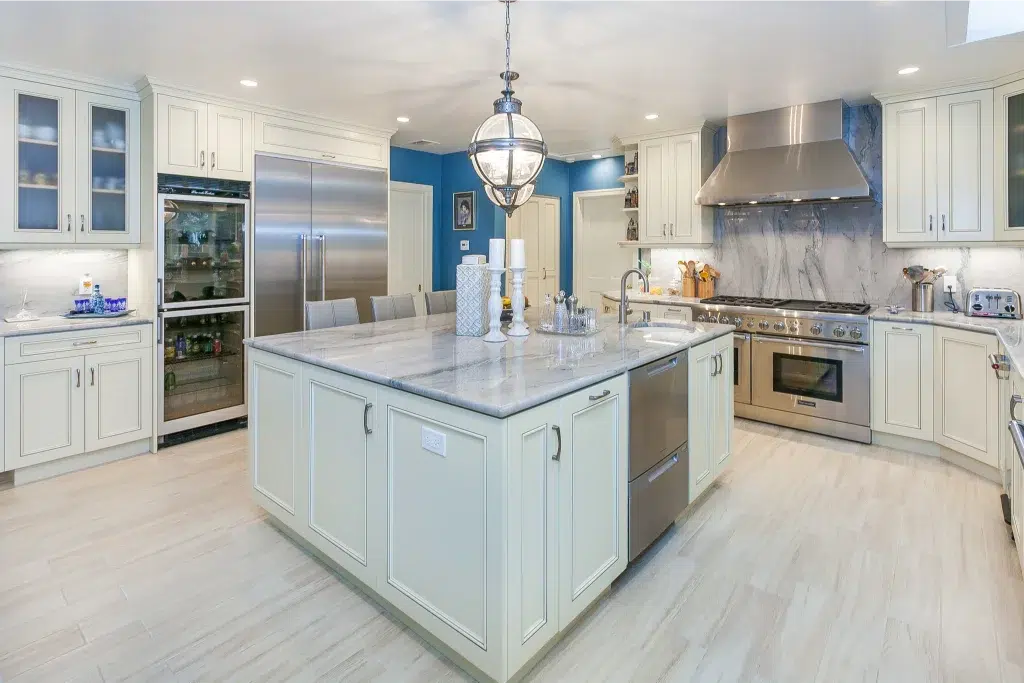Ever noticed a puddle near your patio entrance after heavy rain? Those water leaks around your sliding door can cause serious headaches if left untreated. Today, we’re sharing expert tips to keep your home dry and damage-free. From simple DIY solutions to professional treatments, you’ll learn everything needed to maintain those troublesome entry points and stop water leaks before they become a costly problem.
How To Prevent Water Leaks For Your Sliding Door
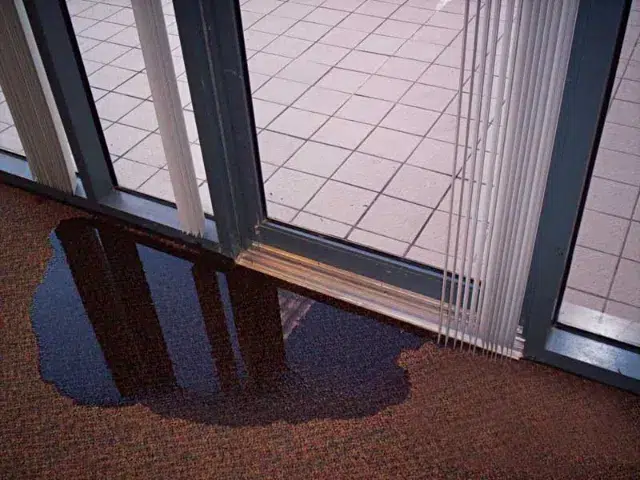
The best defense against water leaks is regular maintenance of your sliding door. First, check the weatherstripping around the frame. Over time, these rubber seals deteriorate and create gaps where moisture enters. Replace worn seals immediately for an effective barrier against potential water leaks.
Next, inspect the track where your sliding door panels glide. Debris buildup prevents proper closure and creates entry points for moisture. Clean this area monthly using a vacuum and small brush. Apply silicone lubricant afterward to ensure smooth operation and create an additional barrier against water leaks.
Don’t forget to examine the exterior caulking around the sliding door frame. Cracked or missing caulk allows moisture to seep into your walls. Remove old material and apply fresh exterior-grade caulk for maximum protection.
Watch This: We Prevented Water Leaks With A Seal Plate
In our latest video, we demonstrated how a simple seal plate installation completely eliminated water leaks for a sliding door in just one afternoon. The specialized barrier sits flush against the threshold, creating an impenetrable shield against rain and snow.
We also showed how seal pen application along the frame edges provides additional protection. This clear waterproofing solution fills microscopic gaps too small to see but large enough to cause sliding door water leaks over time.
The results speak for themselves – our client hasn’t experienced a single issue since installation, even during heavy storms!
How To Find Water Leaks If They Do Happen
Sometimes moisture finds its way through your sliding door despite preventative measures. Early detection prevents extensive damage. Look for discoloration on walls or flooring near the frame – yellow or brown spots often indicate hidden water leak detection.
Another telltale sign is peeling paint or warped baseboards. These visual clues mean moisture has already penetrated deeper than the surface. For hidden issues, try the paper test: place paper towels along suspected sliding door areas overnight. Dampness the next morning confirms your suspicions.
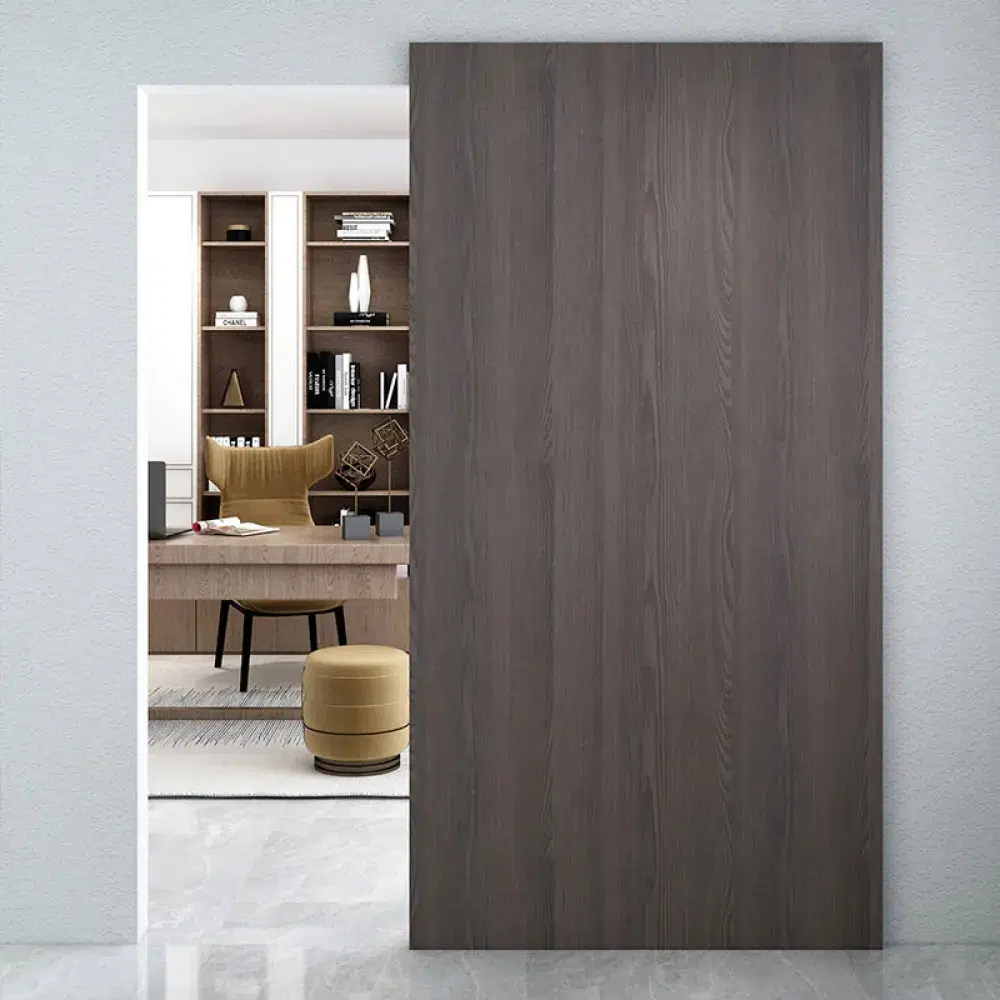
For persistent problems, consider using moisture meters available at hardware stores. These devices detect dampness inside walls before visible damage appears, allowing for timely intervention before main water waste worsens.
Why Untreated Water Leaks Can Be Dangerous
Ignoring unrelated damage leads to serious consequences beyond cosmetic damage. Persistent dampness creates perfect conditions for mold growth, which poses significant health risks including respiratory issues and allergic reactions.
The structural integrity of your home suffers too. Moisture weakens wooden framing and subflooring over time. What starts as a small drip might eventually require extensive repairs costing thousands of dollars.
Additionally, electrical systems near your sliding door face increased hazards. The combination of electricity and wetness creates potential fire risks and dangerous shorts in your home’s wiring. Early prevention saves both money and ensures family safety.
Prevent Water Damage With Our Experts Today
Don’t wait until your home gets expensive damage. Our certified technicians specialize in comprehensive moisture protection systems tailored to your specific home design. We’ve helped hundreds of homeowners solve persistent issues with long-lasting solutions.
Our assessment process identifies vulnerable points around it that might not be obvious to untrained eyes. Using specialized equipment, we detect and address problems before they worsen.
Remember, prevention costs far less than restoration. A simple protective treatment today prevents extensive repairs tomorrow. Contact our team for a free consultation and keep your home dry, safe, and beautiful for years to come!
FAQs
What are the common causes of water leaks in sliding doors?
Worn seals around glass panels often fail first. Track debris prevents proper closure. Cracked caulking creates entry points for rain. Improper installation leaves gaps. Warped frames lose their tight fit. Inadequate drainage holes get clogged with dirt and debris.
How do I find a water leak repair expert for my sliding door?
Worn seals around glass panels often fail first. Track debris prevents proper closure. Cracked caulking creates entry points for rain. Improper installation leaves gaps. Warped frames lose their tight fit. Inadequate drainage holes get clogged with dirt and debris.
How do I check for leaks in my home or sliding door?
Look for discoloration on adjacent walls. Run a hose outside the entry point while someone watches inside. Place paper towels along tracks overnight to detect wetness. Check for peeling paint nearby. Use a flashlight to inspect seals for cracks or separations.

